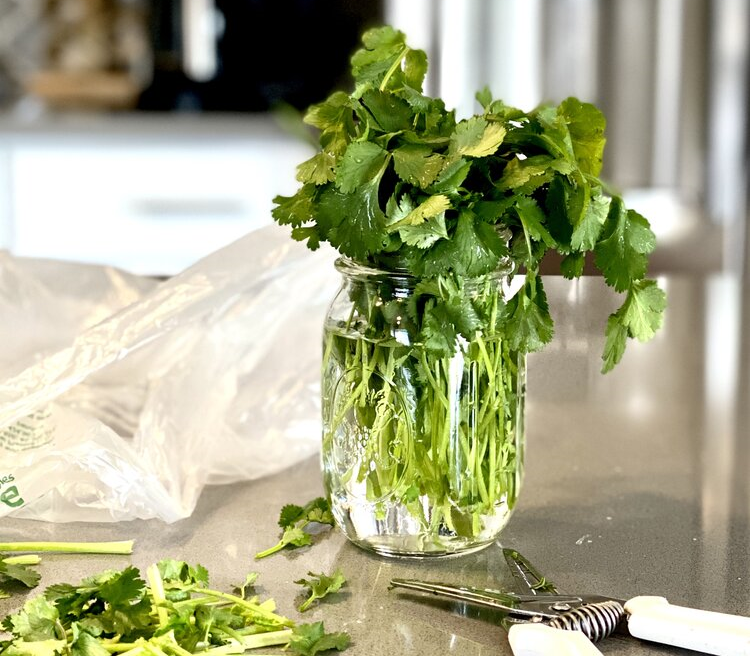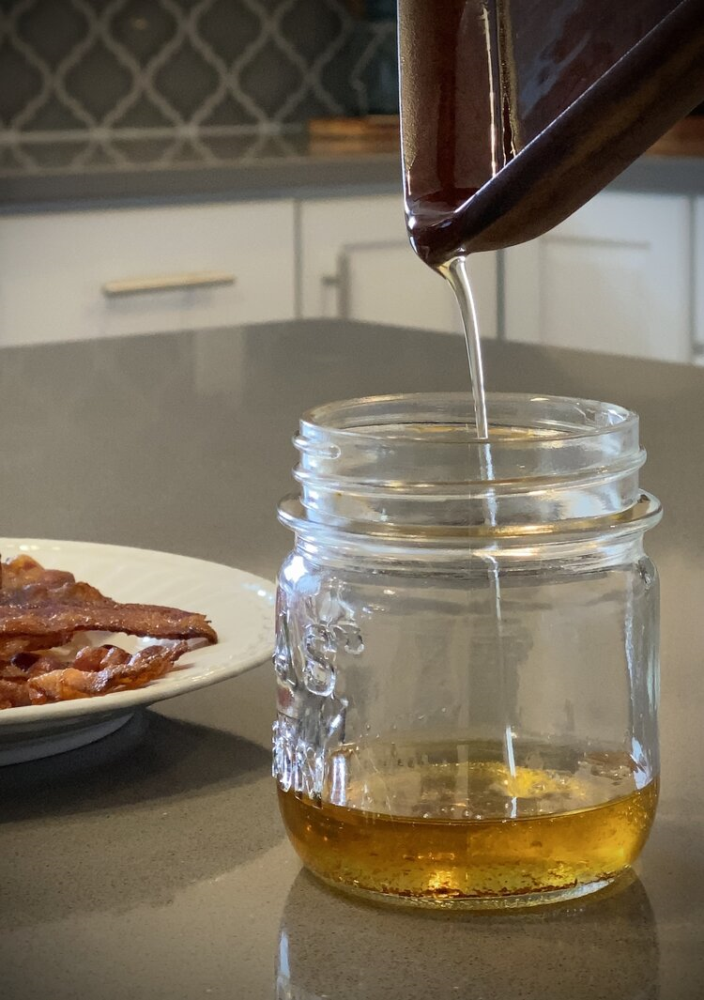Is Your Kitchen "Green"?
March 4, 2020
By Anita McVey, Picnic Life Foodie
Today, it is estimated 30 to 40% of food produced goes to waste! Go beyond using leftovers with these five easy tips to reduce food waste in your kitchen.
Reduce, reuse and recycle was a way of life long before becoming a popular hashtag.
Growing up in an Iowa farm family, resourcefulness was a part of everyday life. I remember opening three or four margarine containers in the refrigerator to find the actual margarine instead of leftovers. We washed and reused aluminum foil and plastic bags and repurposed cereal box liners as waxed paper. In college, I received coffee tins in the mail, which were filled with homemade cookies. In our home, throwing away food was unacceptable.
Today, it is estimated 30 to 40% of food produced goes to waste.
In our home today, I’ve found that better meal planning leads to smarter, less wasteful grocery shopping. Additionally, a little creative thinking gives new appeal to leftovers. Overripe bananas make amazing banana bread and comforting bread pudding starts with stale bread. But there are even more ways to reduce food waste in your kitchen which you may not have considered. These are five easy ways to get started.
Potato Chip and Cracker Crumbs
Those bottom-of-the-bag broken or stale pieces deserve better than the trash can. Crush up potato chips or cracker crumbs and use as breading for chicken, turkey or fish. Grind them and substitute for breadcrumbs in meatball recipes. With a little ingenuity, a quiche or savory pie crust is born.
Fresh Herbs
 Extend the life of store-bought fresh herb bundles by trimming the stems, standing them upright in a jar of water, covering loosely with a plastic bag (reuse that grocery store produce bag) and storing in the refrigerator. Change the water every two or three days. The recommended storage methods vary among herbs. A little research will help identify what is best for each type.
Extend the life of store-bought fresh herb bundles by trimming the stems, standing them upright in a jar of water, covering loosely with a plastic bag (reuse that grocery store produce bag) and storing in the refrigerator. Change the water every two or three days. The recommended storage methods vary among herbs. A little research will help identify what is best for each type.
Fresh herbs can easily be dried by hanging the bundle upside down in a clean, dry place. Store dried leaves in an airtight container (e.g. a canning jar) for later use.
Pickle and Olive “Juice”
Instead of pouring out the leftover brine once a jar of pickles or olives have been eaten, try making your own pickled vegetables! Bring the brine to a boil. Fill the empty jar halfway with thinly sliced cucumbers, radishes, carrots, onions, or cauliflower. Pour hot brine over the vegetables. Cool to room temperature, replace the lid and refrigerate a minimum of 24 hours.
Pickle brine can also be used to marinate chicken or turkey.
Bacon Drippings
 Vegetables take on another level of deliciousness when roasted with bacon drippings. Drizzle a small amount over green beans or stir into baked beans for that unmistakable smoky flavor. Replace melted butter with warm bacon drippings on popcorn. Vinaigrettes, meatballs and even cookies benefit from the flavor and salt of bacon drippings.
Vegetables take on another level of deliciousness when roasted with bacon drippings. Drizzle a small amount over green beans or stir into baked beans for that unmistakable smoky flavor. Replace melted butter with warm bacon drippings on popcorn. Vinaigrettes, meatballs and even cookies benefit from the flavor and salt of bacon drippings.
Stocks and Broths
Simmering bones, less-valued cuts of meat or vegetables in water to make broth is about as “old school” as it gets. It may surprise you that other leftovers can be added to the base for extra flavor.
Adding the rind from cheeses like Parmesan, adds a depth of flavor to the broth that is especially tasty in Italian soups or dishes like risotto.
Fresh herbs that have begun to wilt, citrus and apple peels, coffee grounds (particularly for beef broth) and even eggshells will add subtle flavors and nutrients to the stock or broth.
The beauty of investing the extra time to reduce food waste is found in creativity. It becomes a positive challenge to avoid throwing things away. Children see how to respect and appreciate food. That is time well spent.
After all, we still remember those margarine containers from childhood, don’t we?